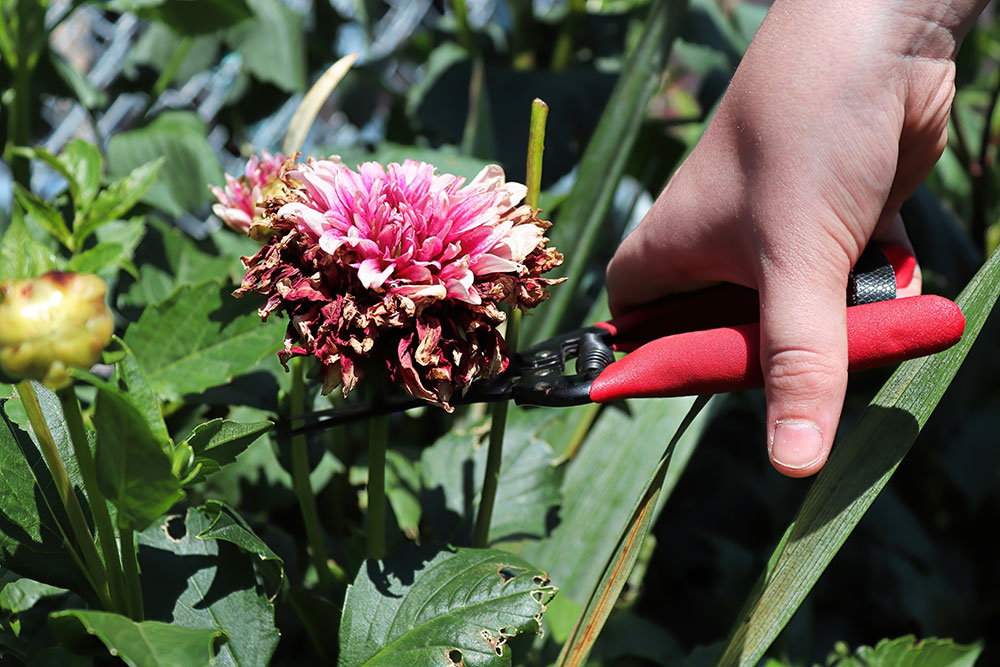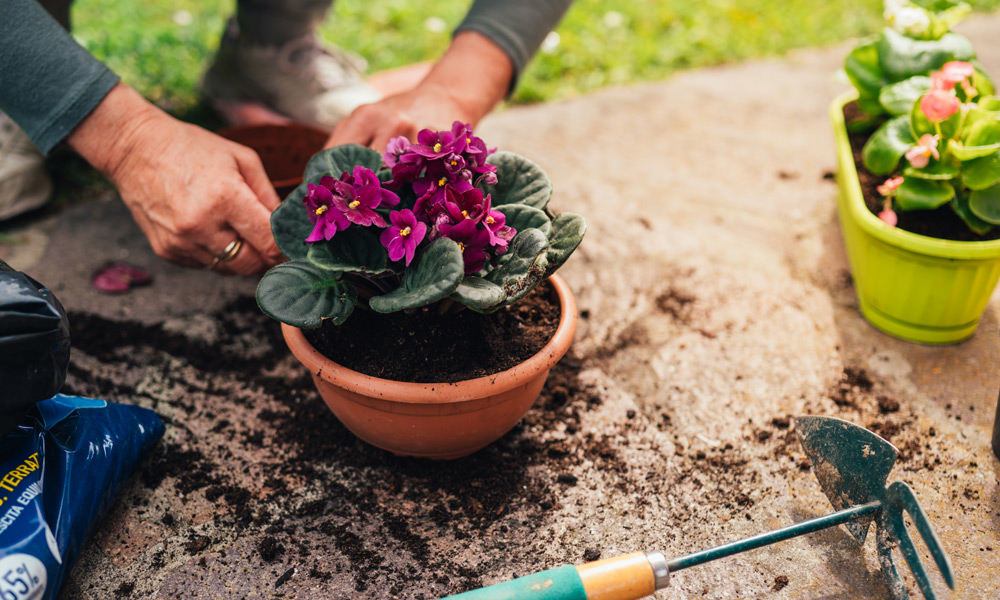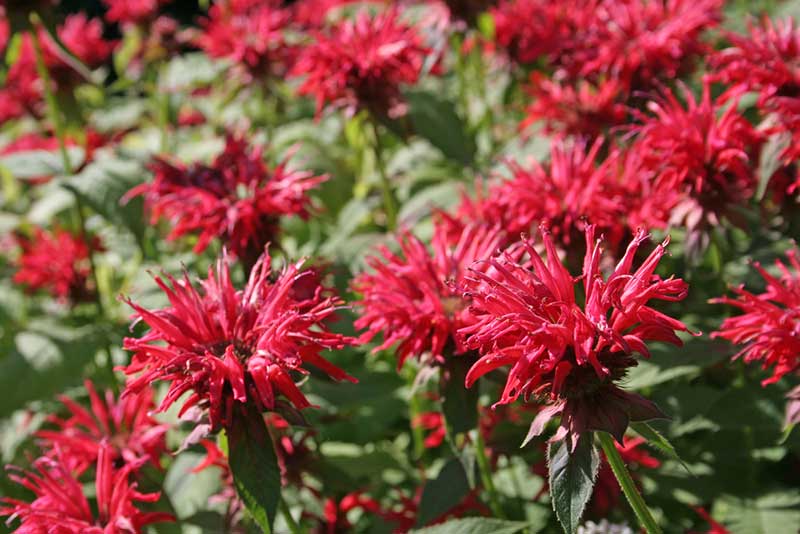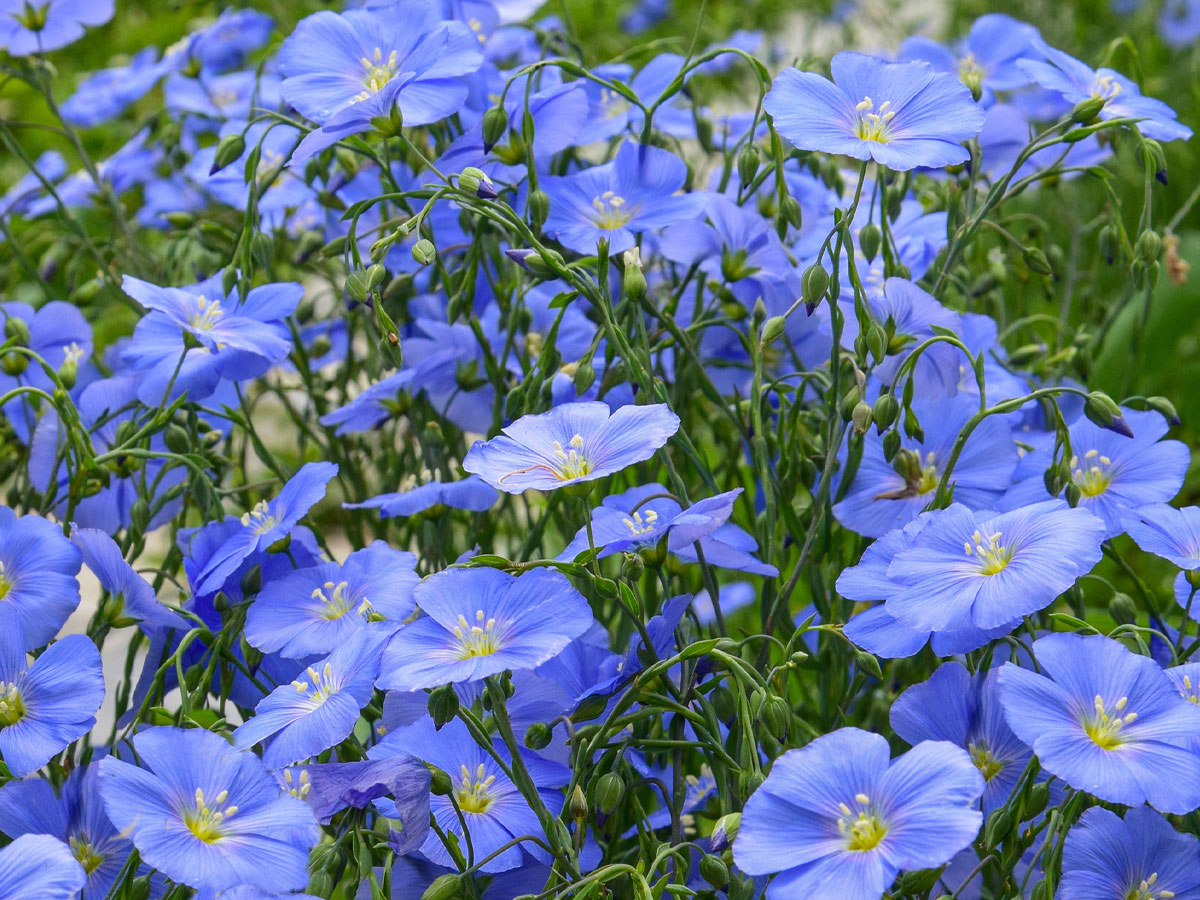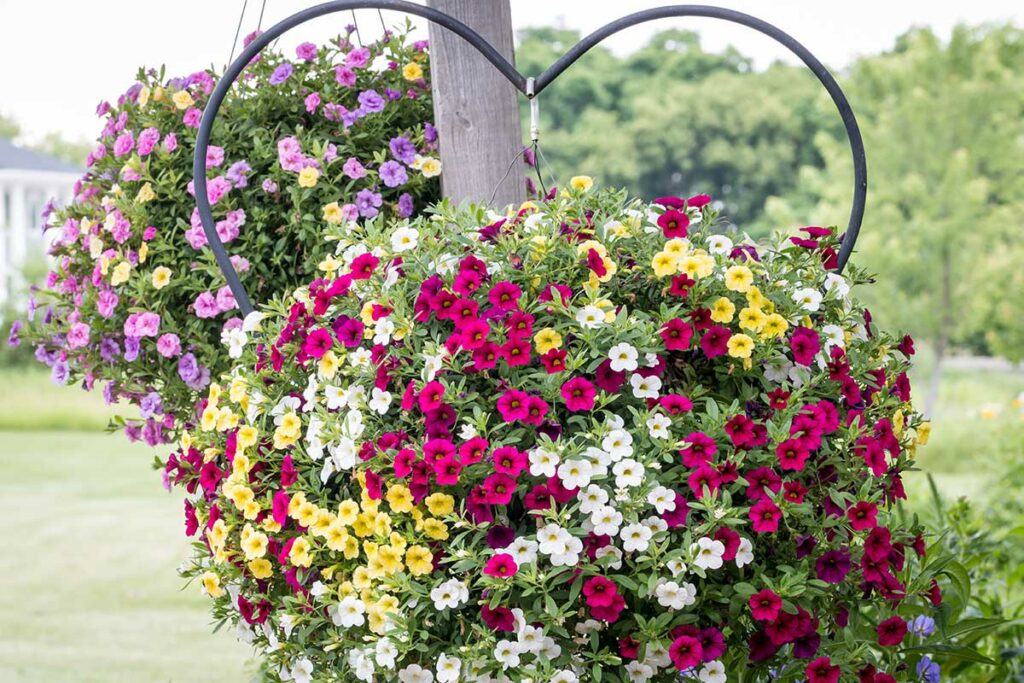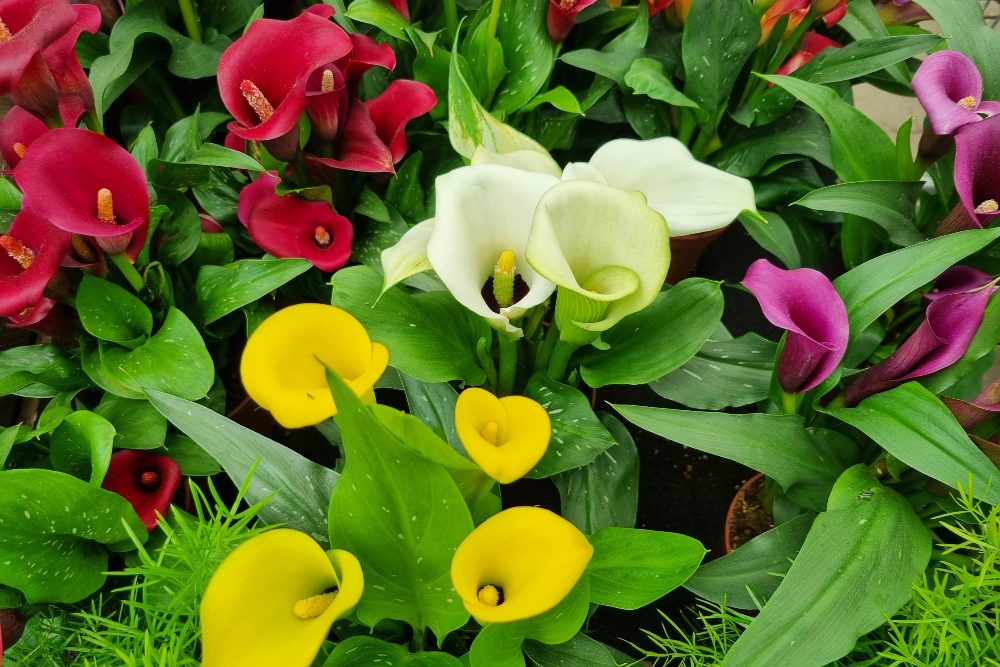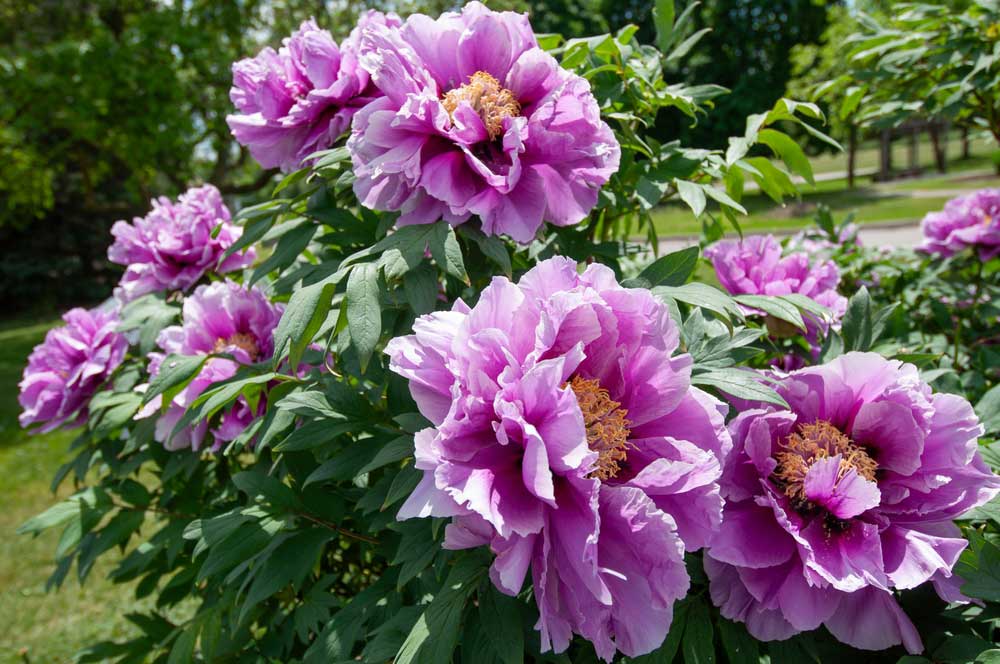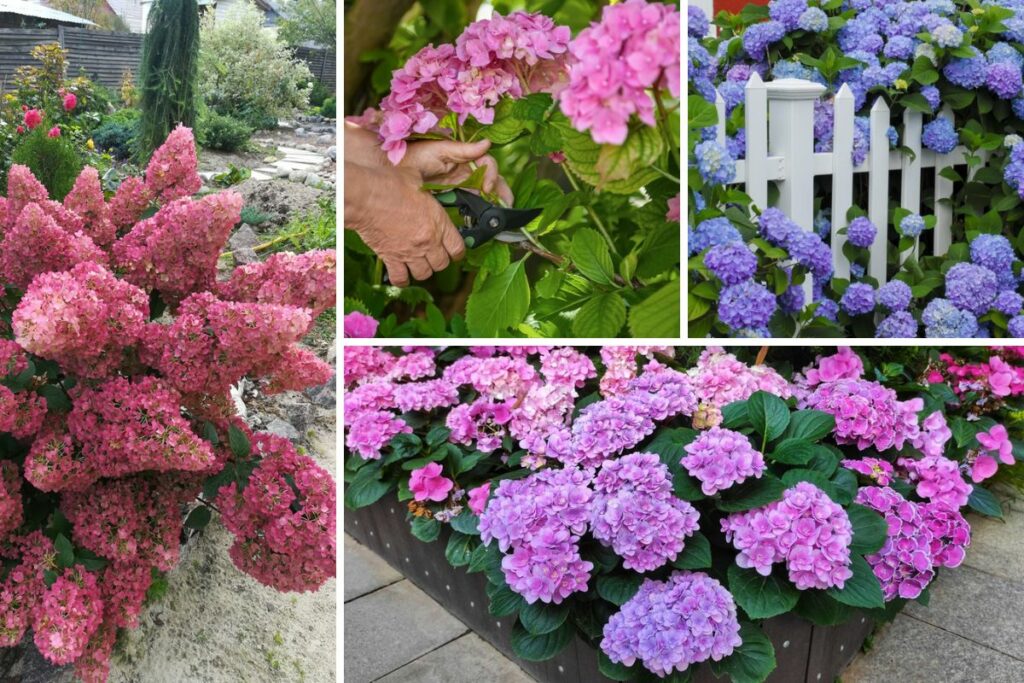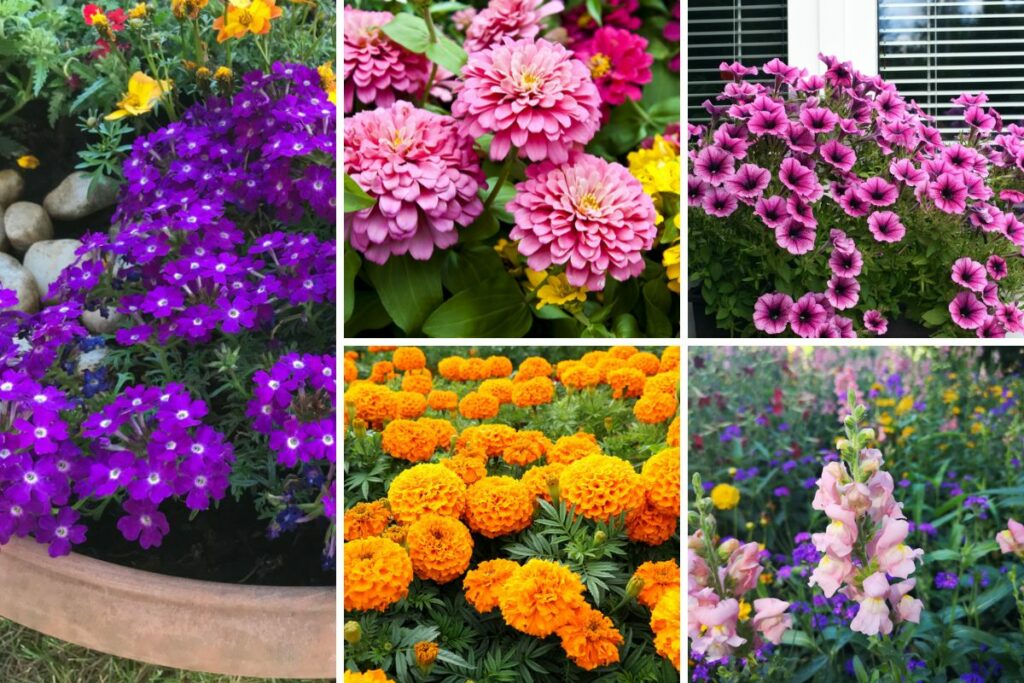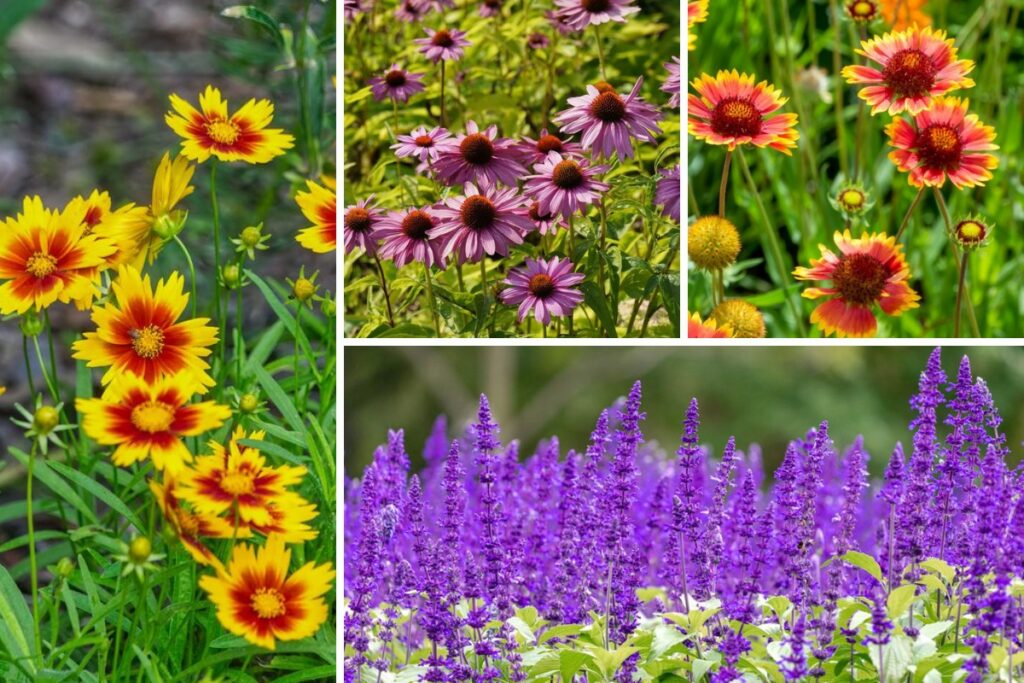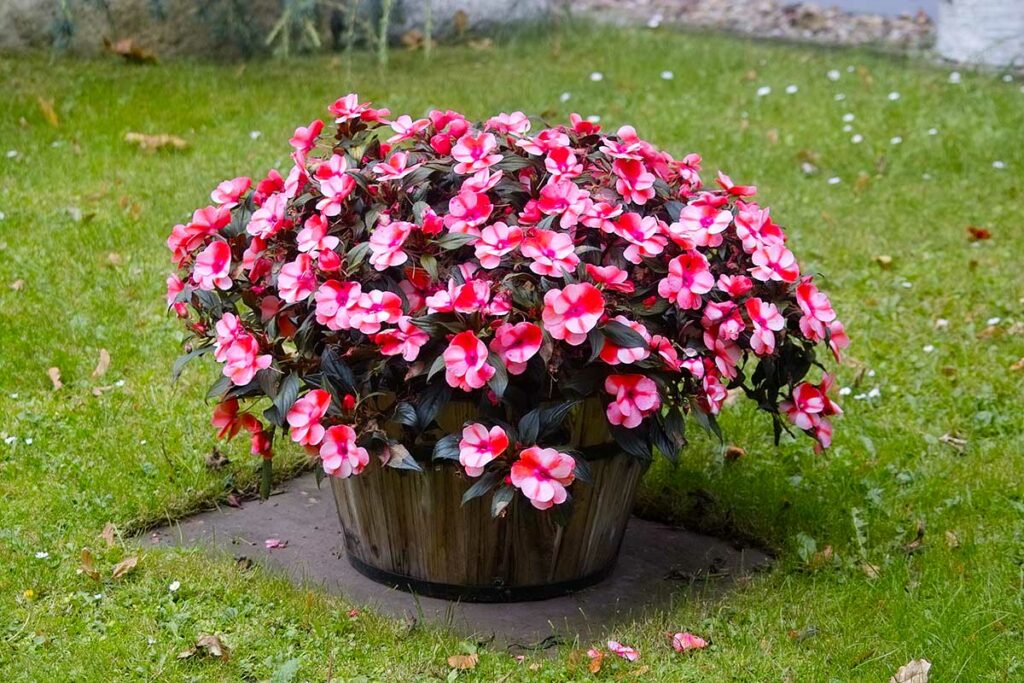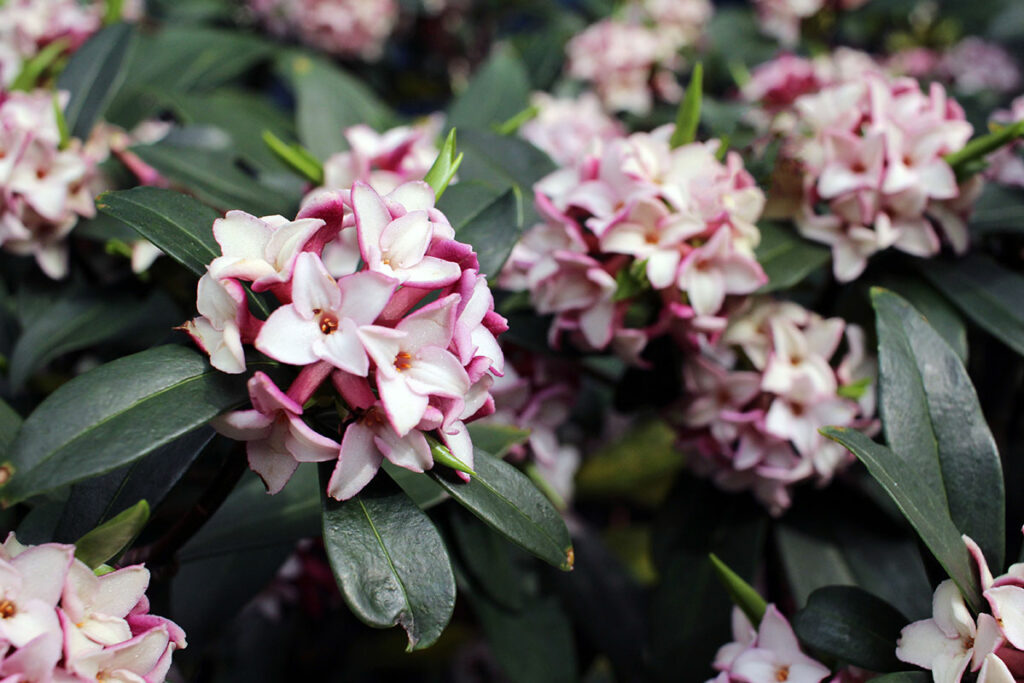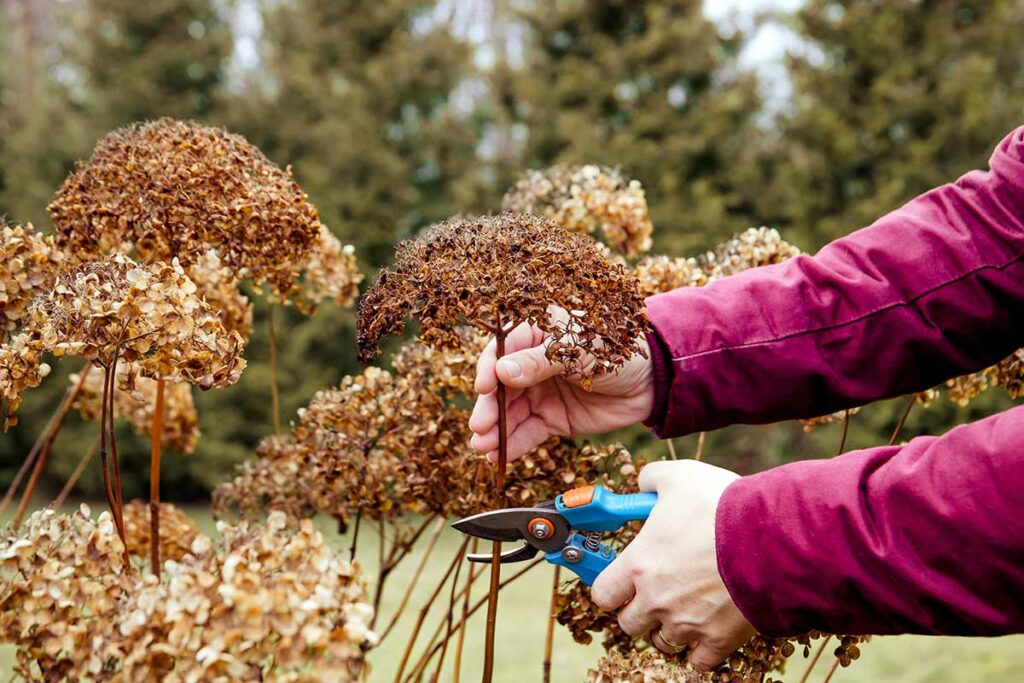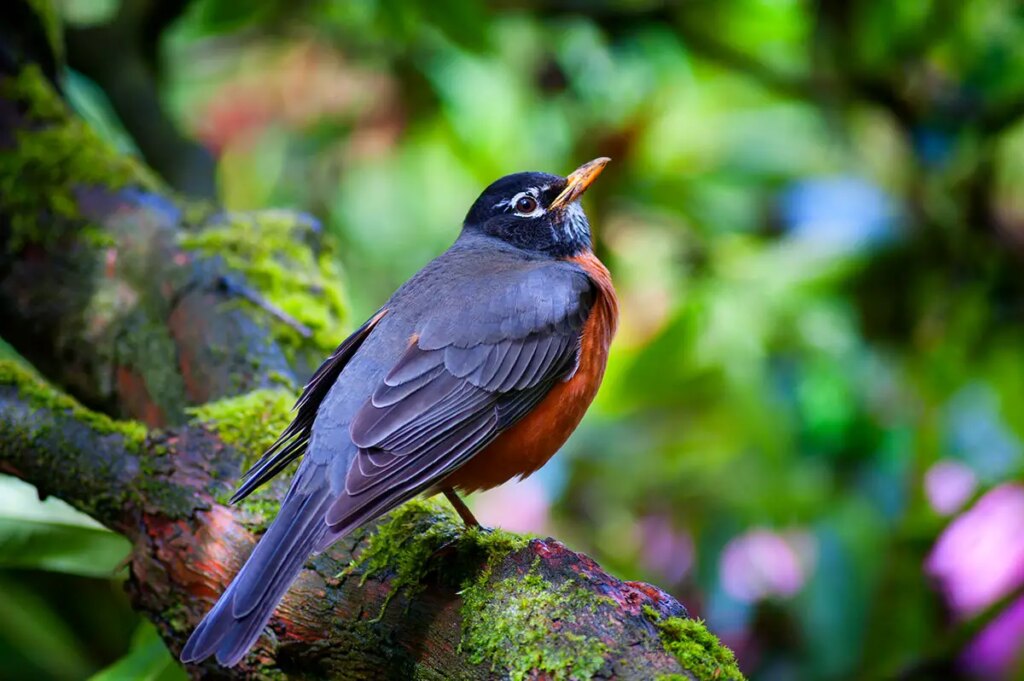
American Robins are a welcome sight in gardens across the United States, bringing their cheerful song and vibrant red breast to brighten up your outdoor space.
Attracting these beautiful birds to your garden not only adds an element of natural beauty but also comes with several benefits.
Having robins in your garden is great for pest control, as these birds are voracious insect eaters.
They’ll happily keep your plants free from harmful pests like beetles, caterpillars, and grubs, while also promoting pollination as they move from plant to plant.
Additionally, robins can help with soil aeration as they search for worms and insects, improving your garden’s overall health and vitality.
To attract American Robins to your garden, there are several strategies to implement. Providing shelter, food sources, and water are key factors in creating a Robin-friendly haven.
In this article, we’ll explore various methods and tips to make your garden the ideal place for American Robins to visit and thrive.
Why American Robins Are Great For Gardens
American Robins offer numerous benefits to your garden, which include natural pest control, assisting in pollination, and improving soil health. Let’s explore how each of these contributions can enhance your garden’s ecosystem.
Natural Pest Control
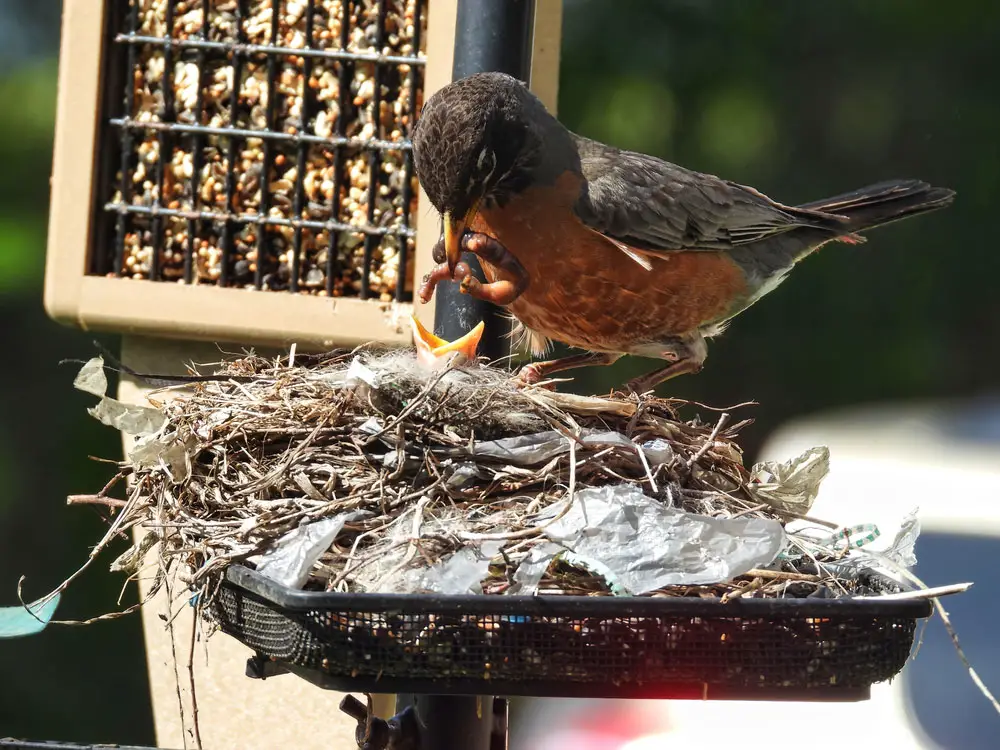
Inviting American Robins to your garden will help eliminate pesky insects that can harm your plants. These birds have a fondness for certain insects and caterpillars, and they are efficient in controlling their numbers. By eating these insects, Robins help protect your garden from potential damage, allowing your plants to thrive.
Contribute To Pollination
Though American Robins don’t directly pollinate plants like bees or butterflies, they can unknowingly contribute to pollination. As they hop along the ground hunting for insects, they may brush past flowers, transferring pollen from one bloom to another. Pollination is essential for the growth and reproduction of your plants, so even indirect contributions from American Robins are beneficial to your garden’s wellbeing.
Boost Soil Health
These lively birds can also help maintain healthy soil in your garden. As they forage for insects and worms, they turn over the soil, bringing nutrients to the surface and promoting better aeration. This process can enhance the overall fertility and structure of your garden’s soil, making it more conducive to healthy plant growth.
By understanding the benefits of American Robins and taking steps to attract them to your garden, you can enjoy their delightful presence while also reaping the advantages they provide to your green space.
Attracting American Robins To Your Garden
American Robins bring life and beauty to any garden. In this section, we’ll explore various ways to attract them and why they are beneficial for your garden.
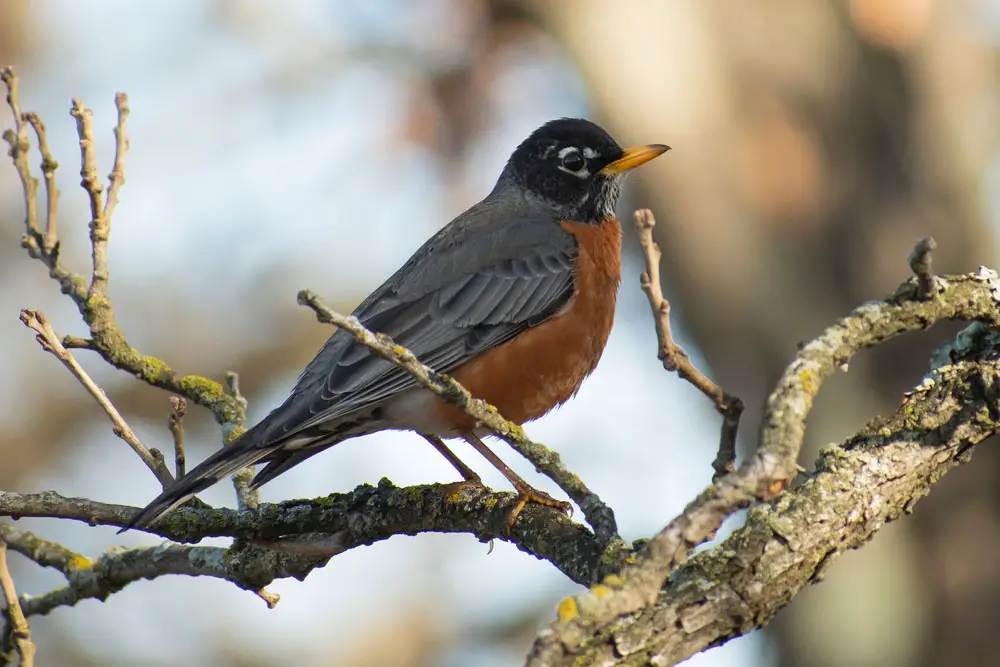
Plants That Attract Robins
To attract American Robins, start by incorporating native plants in your garden. They love the following plants for their food and nesting opportunities:
- Berries: Viburnum, Dogwood, Elderberry, Serviceberry
- Fruit Trees: Cherry, Plum, Apple
- Groundcover: Juniper, Creeping Thyme, Wild Strawberry
Plant these in your garden and watch the robins flock to your yard!
Providing Shelter
American Robins need shelter to feel safe and secure. You can provide this by:
- Building a brush pile with dead branches and twigs
- Growing tall trees or incorporating birdhouses for nesting
- Offering dense shrubs for hiding and resting
Incorporate these into your landscape design, and you’ll create a welcoming sanctuary for robins.
Providing Food
Robins love dining on fruits, insects, and earthworms. To keep their menu interesting, you can provide:
- Mulch: Use natural mulch to attract worms and insects
- Native plants: Plant native trees and shrubs that produce berries
- Insect habitat: Leave old logs or rock piles to encourage insect populations
With these food options in your garden, American Robins will enjoy dining in your yard.
Water Sources
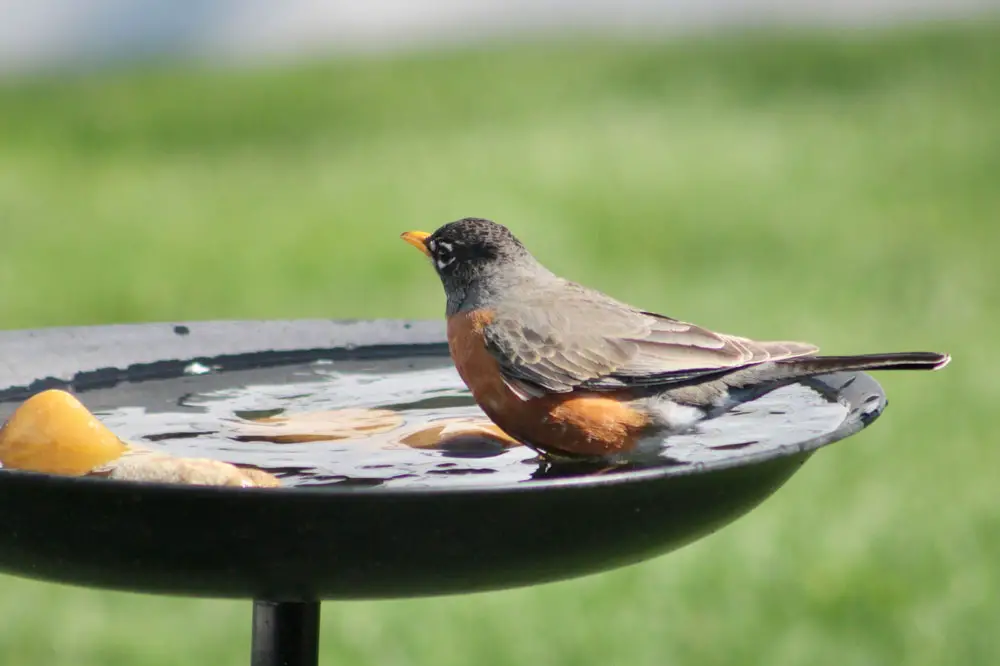
Providing a clean water supply is essential for attracting robins. To make your garden more inviting, install:
- Bird baths: Set up shallow bird baths for drinking and bathing
- Ponds: Build a small pond with gently sloping sides for easy access
- Drippers: Add dripping water to create a trickle that robins find irresistible
With these water sources in your garden, you’ll have no trouble attracting American Robins. Enjoy their presence and the benefits they bring to your garden!
Keeping Robins Safe
Reducing Pesticide Use
To keep your garden’s American Robins safe, you should consider reducing pesticide use. Chemical pesticides can be harmful to robins and their food sources, such as earthworms and insects. Instead, try these eco-friendly alternatives:
- Plant companion plants that naturally repel pests. Examples include marigolds, garlic, and basil.
- Introduce beneficial insects, like ladybugs and praying mantises, which naturally control pest populations.
- Use organic, non-toxic pesticides if absolutely necessary.
Protecting From Predators
Another important aspect of robins’ safety is protecting them from predators. Common predators that target robins include cats, snakes, and some birds of prey.
- Keep cats indoors to reduce their likelihood of hunting robins in your garden. If you own an outdoor cat, consider attaching a brightly-colored collar with a bell to make the cat’s presence more noticeable to birds.
- Create a bird-friendly habitat by planting native shrubs and trees that provide cover for robins to hide from predators. Providing various heights of perches can also help keep them safe.
- Install birdhouses or nest boxes around your garden. These give robins a safe place to nest away from potential dangers. Make sure to place them high enough (about 10-15 feet off the ground) and away from areas with heavy human traffic.
By taking these measures, you can help ensure the safety of American Robins in your garden and give them a welcoming environment to thrive in.
Related Articles:

